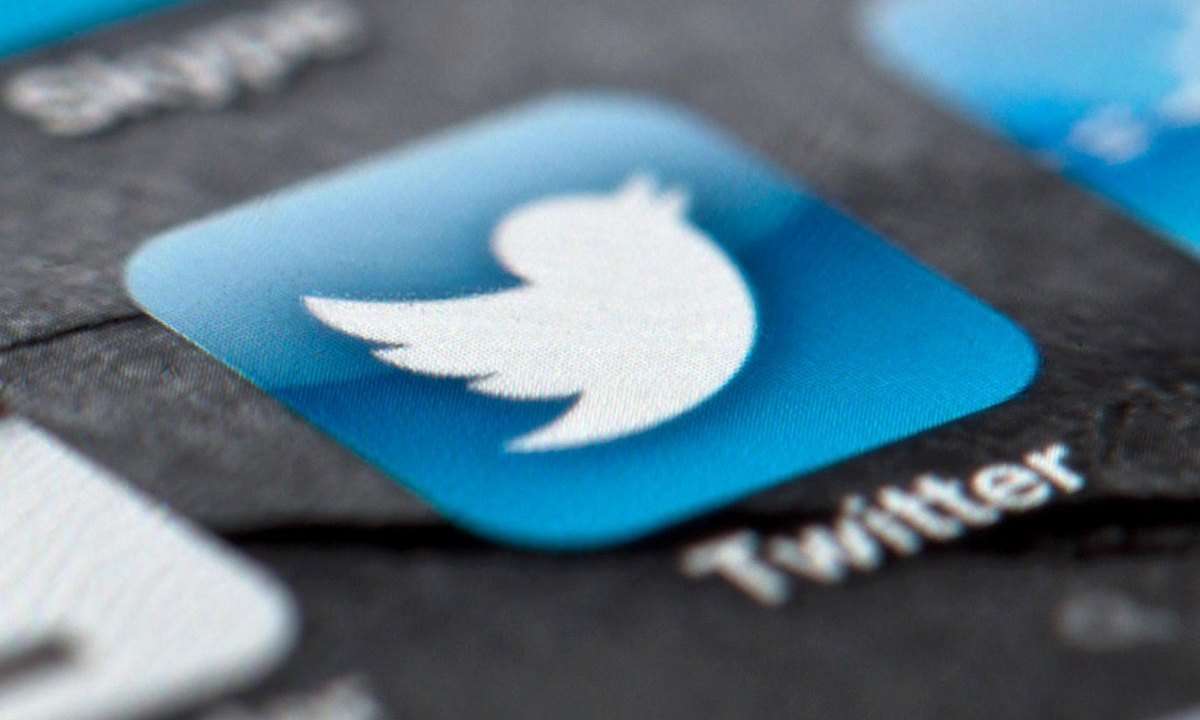Does paid Twitter have a future?
- March 29, 2023
- 0
Before answering the question formulated in the title, I think it is necessary to expand the question, because talking about paid Twitter can be interpreted in many ways,
Before answering the question formulated in the title, I think it is necessary to expand the question, because talking about paid Twitter can be interpreted in many ways,

Before answering the question formulated in the title, I think it is necessary to expand the question, because talking about paid Twitter can be interpreted in many ways, from a similar but paid service until the transition to an exclusive model of paying with a popular toy (and the one that should give you the biggest headache) from Elon Musk. So, albeit with nuances, the first thing is to clarify that I mean the second point.
No, Twitter isn’t going to become an exclusively paid service, at least not yet. Creating an account and using the basic features of the social network is free, and I highly doubt that Musk decided to reverse that, given that one of the most important numbers of the service, the one that quantifies the number of its users, would plummet, which in turn would mean that the already lackluster interest of advertisers in this social network will decrease until it exceeds the ground level.
Twitter is and will remain free, as are Facebook, Instagram (although these two launched a payment verification service like Twitter), TikTok… The nature of social networks means that their utility (and therefore value) is directly proportional to the volume of their users. Any social network manager with half a brain should be clear on this point, otherwise the future could bring very unpleasant things.
Elon Musk wanted to be a champion of freedom of speech, although he later dedicated himself to expelling journalists (spoiler: he doesn’t really care about freedom of speech), but from the first moment he took command of the social network, he made it clear his interest in Twitter is economic and personal image. Image, as he was already known at the time to have ordered his tweets to receive more visibility than the algorithm would have given them under normal conditions.

Of course, economic motivation is also related to this The $44,000 million Musk had to pay to take over Twitter. And the 44,000 million plus high interest that it is obliged to pay to the financial institutions from which some of the money needed to complete the purchase came out. Money that, understandably, a billionaire would like to be able to get back at some point and somehow.
The problem is that the numbers don’t add up. At the moment, Twitter has less than 500,000 paying subscribers, less than 0.12% of its total base of Twitter users. It would take 24 million Twitter Blue members to reach Musk’s goal of 50% of the social network’s revenue. So the plan seems to be to give more and more votes and votes to Blue users, thereby ostracizing anyone unwilling to pay.
Get verified, edit already published tweets, vote in polls about the future of the social network, appear in the “For You” tab of other users, let your answers appear among the first… the list is huge and we can clearly see which will continue to grow. There’s no doubt that Musk’s approach is that the key is to make Twitter Blue attractive, but the truth is that the end result may be a decrease in the attractiveness of Twitterand the consequences of this could be dire for both the social network and Musk’s portfolio.
Source: Muy Computer
Donald Salinas is an experienced automobile journalist and writer for Div Bracket. He brings his readers the latest news and developments from the world of automobiles, offering a unique and knowledgeable perspective on the latest trends and innovations in the automotive industry.